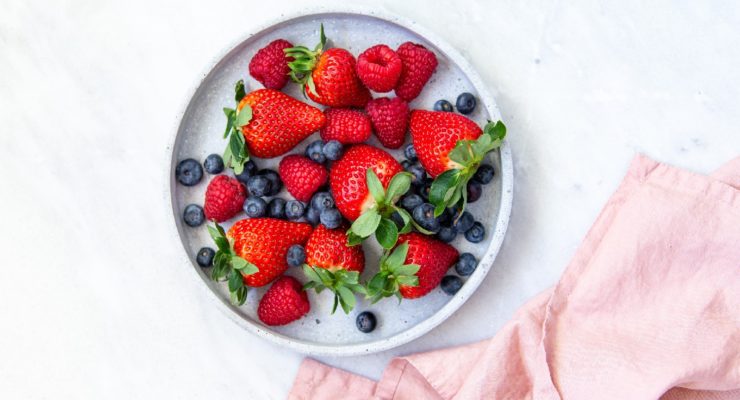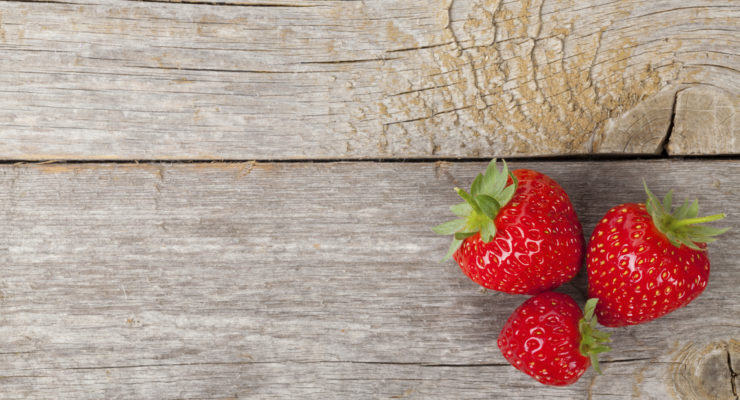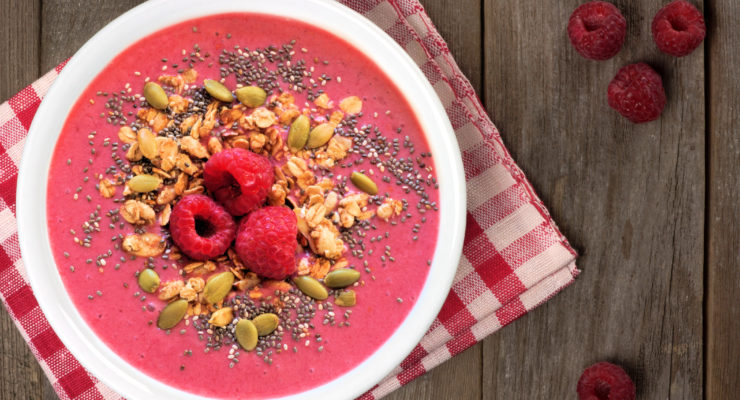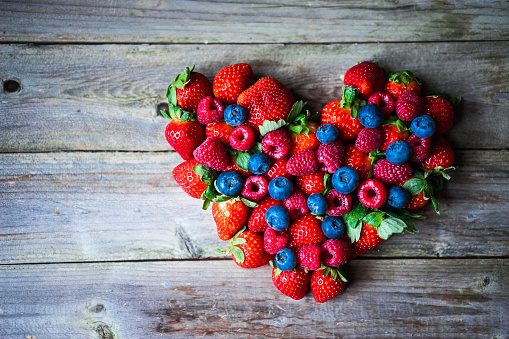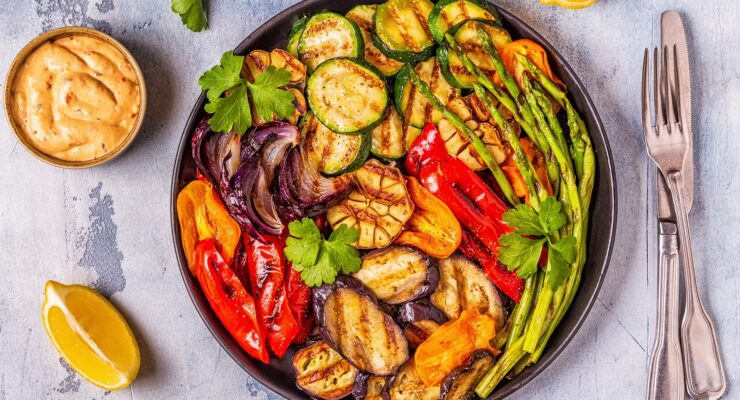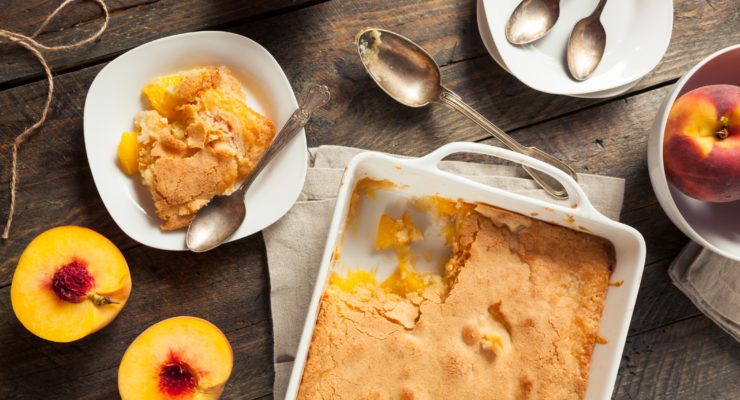Superfood Spotlight: Berries
Article posted in: Diet & Nutrition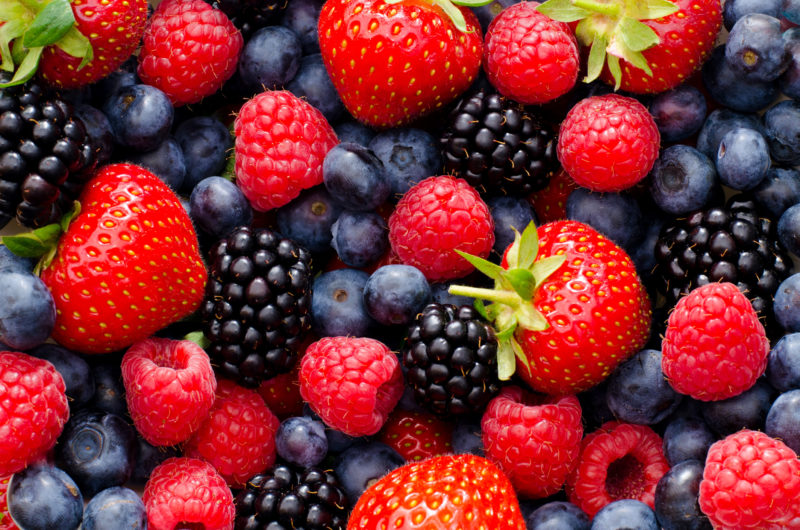
Americans love their berries so much, they actually have festivals every year to celebrate the year’s harvest.
Berries are celebrated in science labs around the world, too, because they contain high—in some cases, the highest—levels of antioxidant chemicals which are linked to everything from lower risk of heart disease and Alzheimer’s to better digestive health and lower rates of depression.
The good news is, if you’re on a Nutrisystem program, you can count one full cup of berries as one SmartCarb.
Low-calorie, super healthy berries are in season now all over the country. Here’s your guide to some berry good eating:
Strawberries
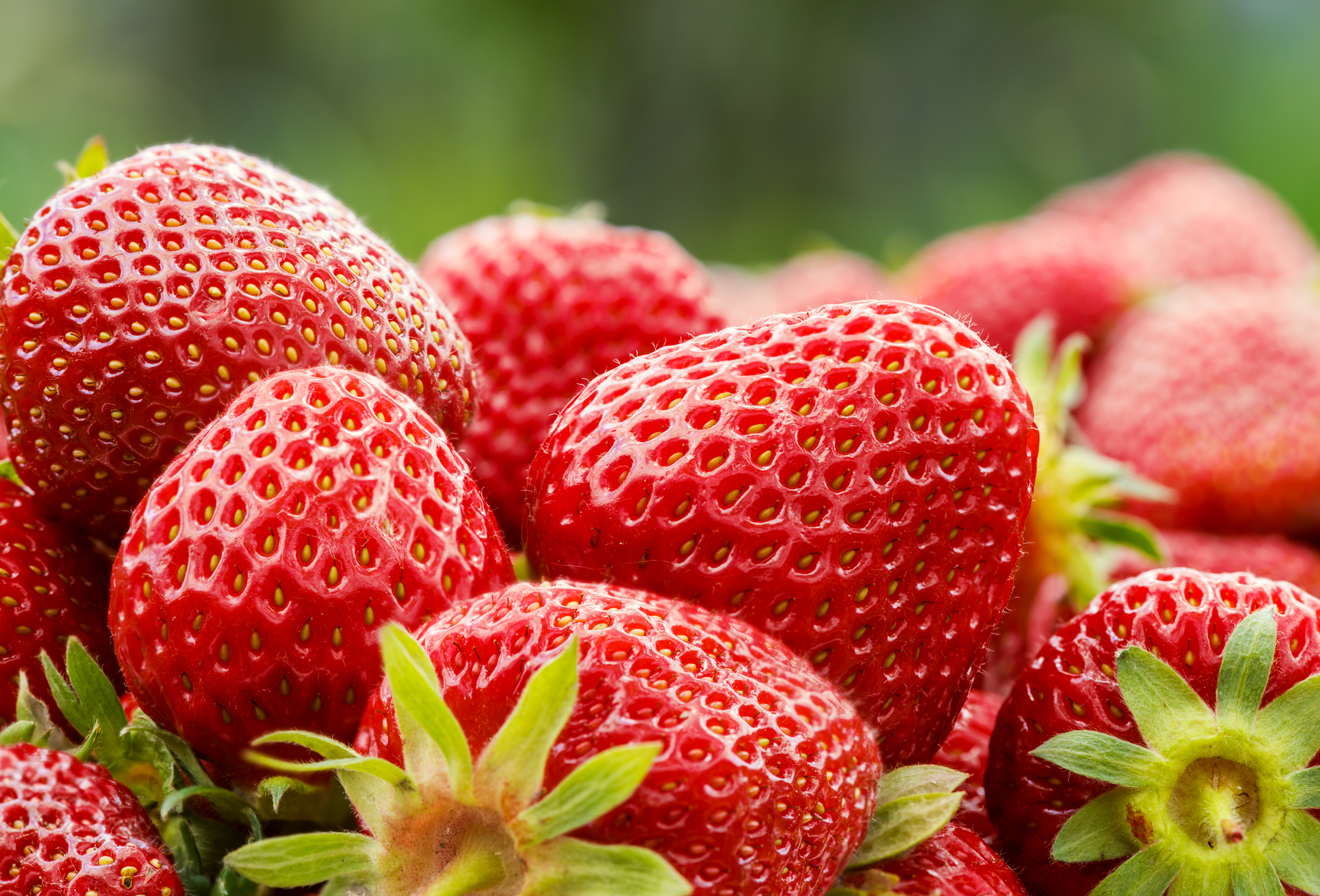

Americans love these sweet little red morsels so much we eat eight pounds a year on average, according to the American Academy of Nutrition and Dietetics.
Strawberries have a lot going for them. One cup of strawberries (about eight medium sized) is only 50 calories and supplies 160 percent of your daily requirement of vitamin C. They’re also rich in folate and potassium. A cup also contains over three grams of soluble fiber that can help lower cholesterol. Like other berries, they’re also especially rich in plant chemicals called anthocyanins, which give them their red color and provide protection from diseases including cancer, heart disease and diabetes.
Strawberries don’t ripen once they’re picked so look for berries that are bright red and shiny. Those green and white patches you often see on them aren’t going to turn red.
Ripe strawberries are sweeter than non-ripe berries, but don’t just save them for dessert or your breakfast smoothie. Toss them into your favorite salad or try this Strawberry Feta Spinach Salad recipe for a savory-sweet treat.
Blueberries
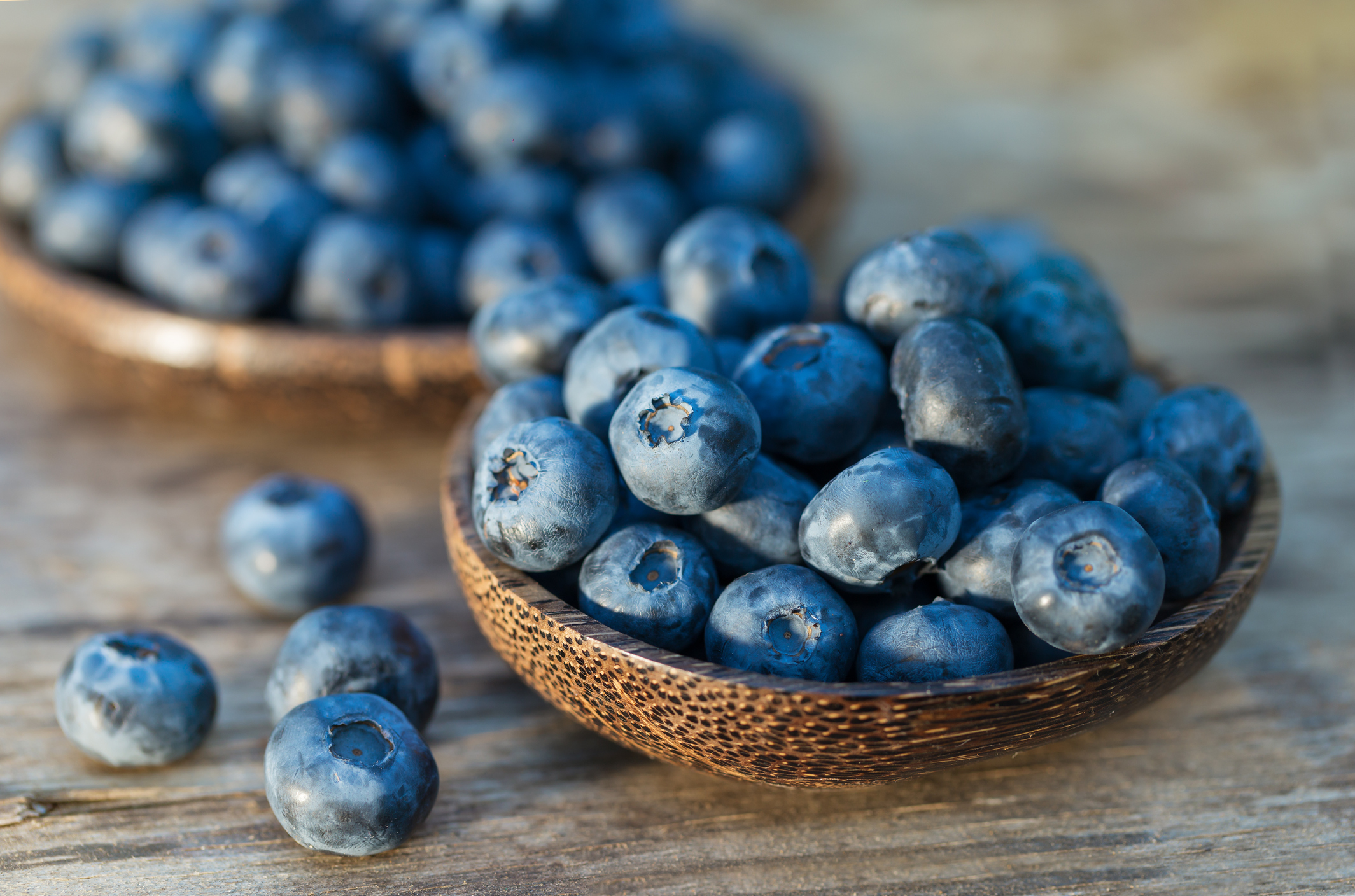

Blueberries are among the highest in antioxidants, supplied in part by the chemicals that give this fruit its distinctive dark blue color and is actually one of the few naturally blue foods we eat. Native Americans used all parts of the blueberry plant for medicine.
Though very sweet, blueberries are low in calories. One cup is only 84 calories. They’re also high in vitamin C, K, manganese and fiber.
Studies have shown their abundant plant chemicals may help protect memory and cognition. One University of Cincinnati study found that eating a diet supplemented with blueberries helped improve memory function and mood in older adults who were losing their memory.
In a Harvard School of Public Health study, blueberries reduced the risk of heart attack in women by 33 percent. Again, plant chemicals were at work. Other research has found that these chemicals can help eliminate cholesterol-induced plaque to widen arteries and allow blood to flow smoothly.
One of the staples of the breakfast smoothie and cereal bowl, blueberries are extremely versatile. One unusual, yet delicious way to enjoy them is in this unique and delicious take on toast made with sweet potato and nuts. For an afternoon boost of energy, try these delicious blueberry energy balls.
You can always grab a handful when you’re feeling a sweet craving coming on. Just wash and eat!
Raspberries
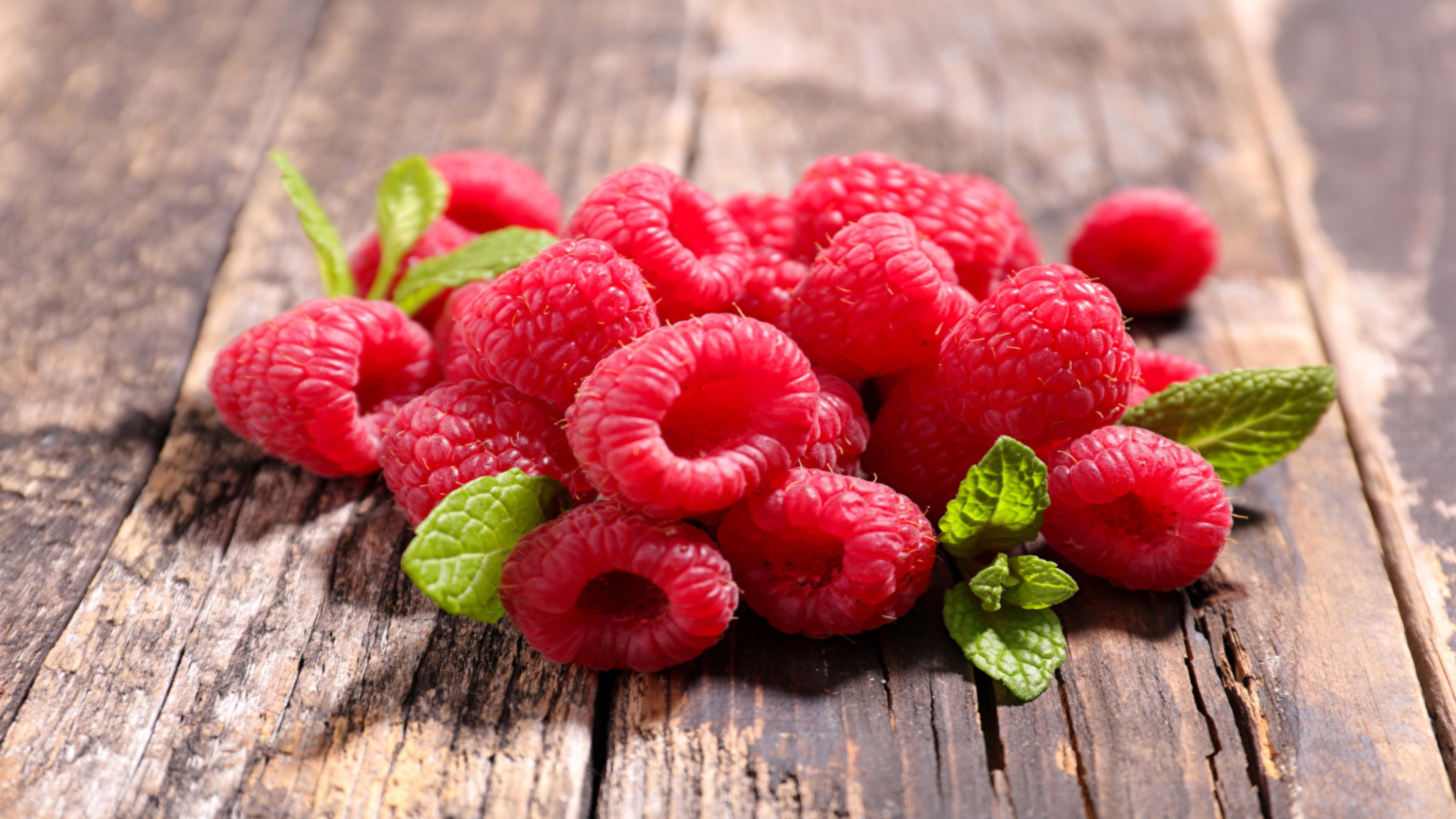

Don’t let their pretty pinkish color and sweet taste fool you: Raspberries are no slouches in the health department.
A 2016 review study found that raspberries can cool inflammation, the kind that can lead to chronic disease such as heart disease (including high blood pressure and atherosclerosis), type 2 diabetes, Alzheimer’s disease and even obesity. They also have been shown to reduce oxidative stress, which contributes to these diseases and more, and may help stabilize both metabolism and blood sugar.
Like other berries, raspberries are full of beneficial plant chemicals, low in calories (52 per cup) and they have a whopping seven-nine grams of fiber per one-cup serving. They’re also a good source of vitamin C, supplying 44 percent of your daily needs. They also contain calcium and iron. What makes raspberries special is they’re among very few foods with the same precise combination of healing compounds which is what boosts their antioxidant power.
You can enjoy all of their health benefits as a flavorful addition to your smoothie: Try this raspberry smoothie bowl recipe that you can easily make right at home.
Also consider adding them to salads, bake them into muffins, making them into sauce for meats such as chicken and pork or try them in this fabulous summer treat, a fresh fruit popsicle.
Blackberries
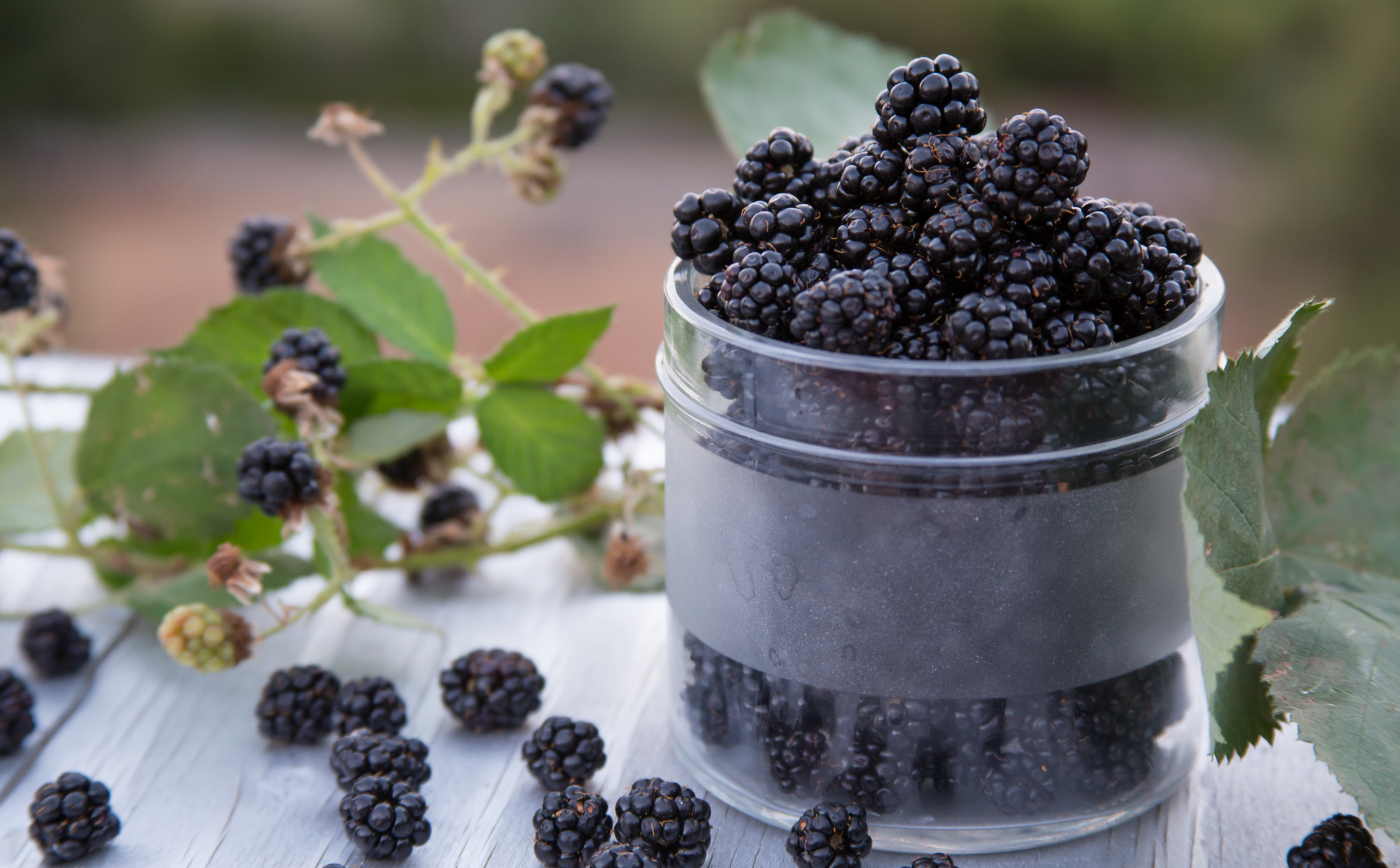

That dark color is a dead giveaway that blackberries are high in antioxidants, specifically anthocyanins, which are common to most berries. Since they supply the berry’s color, the deeper the color, the more anthocyanins.
In one University of Kentucky lab study, blackberry extract added to colonies of cancer cells made the cells stop growing. Cancer proliferates because cells fail to follow their own programming, which tells them to die at some point. The blackberry extract turned that programming back on.
In other studies, blackberries reversed age-related motor and cognitive performance in rats and were the best of all the berries in lowering levels of bad LDL cholesterol in another study.
Low in calories (62 per cup), blackberries have seven grams of fiber per serving, contribute to 35 percent of the daily value for vitamin C and also contain calcium, potassium and iron.
Blackberries are naturally sweet (they have five grams of naturally occurring sugar) so they don’t need any extra help to become a delicious dessert. But if you want to enhance them a little, try this recipe for blackberry-peach upside down cakes.

